Unveiling the Mysteries of Mount Liangshan: Nature, Culture, and Adventure
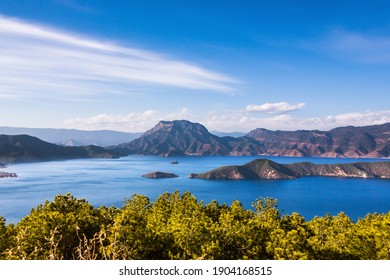
An Essential Guide to Visiting Mount Liangshan
In This Guide
- An Essential Guide to Visiting Mount Liangshan
- The Rich History and Legends of Mount Liangshan
- Main Highlights: What You Absolutely Can’t Miss
- Planning Your Visit: A Practical Guide
- Tickets: Prices, Booking, and Tips
- How to Get There: A Complete Transportation Guide
- Local Cuisine and Accommodation Nearby
- Frequently Asked Questions
- Final Thoughts on Your Trip
Nestled in the heart of southwestern China, Mount Liangshan (济宁梁山景区) is a mesmerizing destination that beckons travelers with its rich tapestry of history and culture. As you traverse this stunning landscape, you will discover not only breathtaking natural beauty but also the vibrant heritage of the Yi ethnic minority, one of China’s most colorful and historically significant groups.
The region is steeped in tales of valor and tradition, echoing the legendary exploits of the Water Margin, a classic Chinese novel that immortalizes the heroic deeds of outlaws who sought justice during the Song Dynasty. Visiting Mount Liangshan offers a unique opportunity to explore the intertwining of myth and reality, where the scenic peaks and serene lakes serve as a backdrop for an immersive cultural experience.
As you embark on your journey, prepare to encounter ancient temples, lively festivals, and local delicacies that showcase the distinct flavors of Liangshan. Whether you are hiking through the rugged mountains, savoring the local Yi cuisine, or participating in the exuberant Torch Festival, each moment spent here is a celebration of life and heritage.
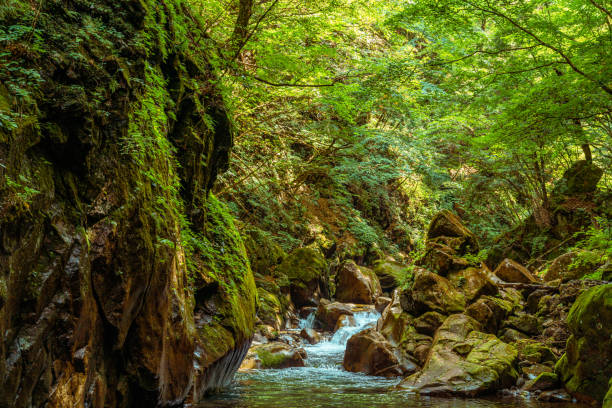
Mount Liangshan.
With its enchanting landscapes and a history that dates back thousands of years, Mount Liangshan stands as an essential destination for international travelers eager to delve into the depths of Chinese culture. Join us as we guide you through an unforgettable experience in this remarkable corner of the world.
The Rich History and Legends of Mount Liangshan
Mount Liangshan, nestled in the heart of the Liangshan Yi Autonomous Prefecture, is not just a stunning geographical feature but also a repository of rich history and vibrant legends that echo the tales of ancient China. This rugged landscape offers a glimpse into the past, where the natural beauty harmonizes with the cultural heritage of the Yi people and other ethnic minorities that call this region home.
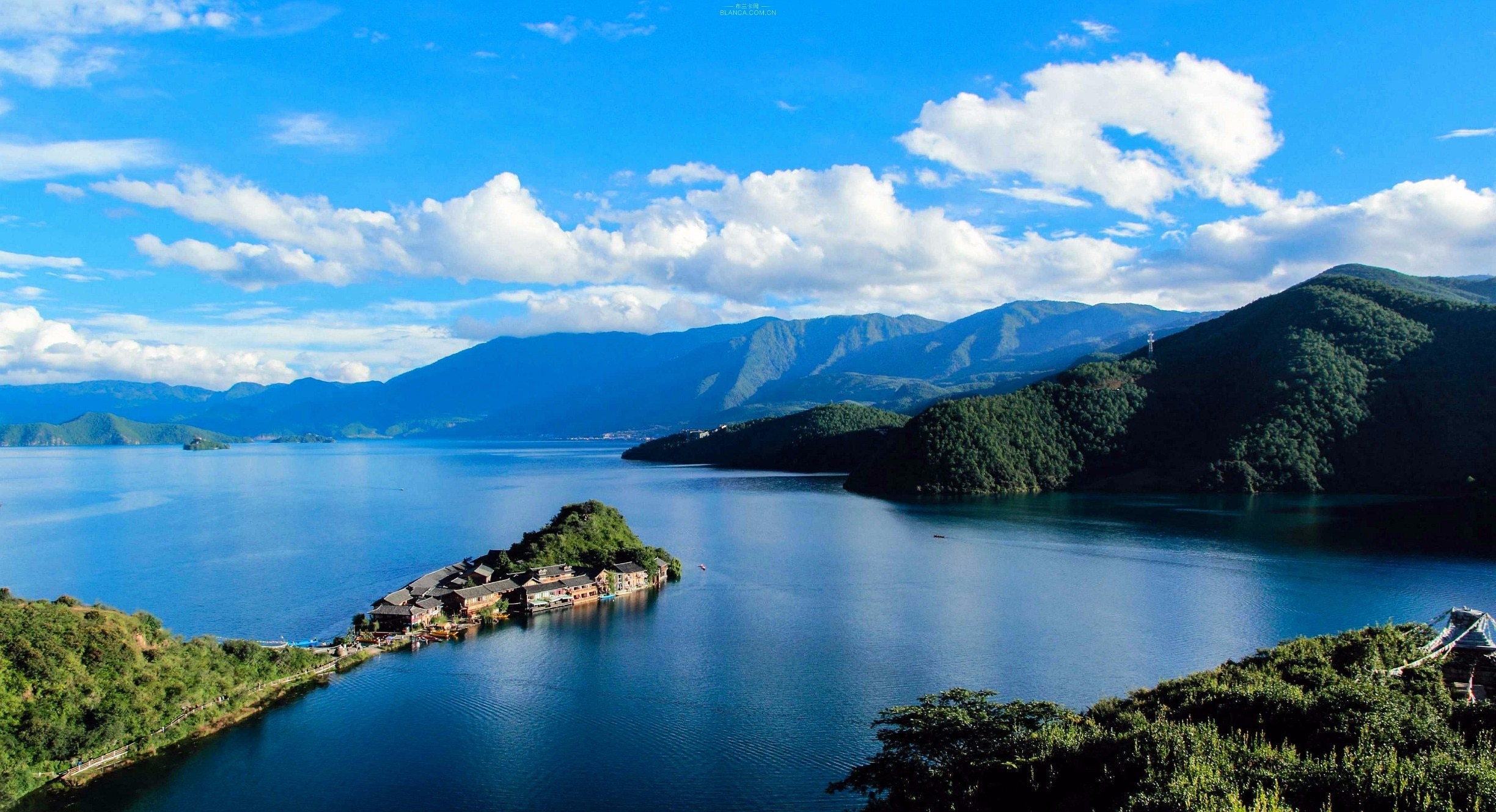
Mount Liangshan.
A Tapestry of History
The historical significance of Mount Liangshan dates back over two millennia, when it was inhabited by the Qiongdu tribes long before the Qin and Han dynasties established administrative structures in the area. The region’s rugged terrain provided both a refuge and a stronghold for these early inhabitants, shaping their culture and traditions.
In 1952, the establishment of the Liangshan Yi Autonomous Region marked a pivotal moment in the region’s history, affirming the rights and identities of the Yi people. This autonomous prefecture is now home to over 1.7 million Yi, making it the largest compact community of this ethnic group in China. The Yi culture, with its unique customs, vibrant festivals, and deep-rooted traditions, is a vital component of the area’s historical narrative.
Legends of Liangshan
The legends surrounding Mount Liangshan are as captivating as its landscapes. One of the most famous tales is that of the “Water Margin” or “Outlaws of the Marsh”, a classic Chinese novel attributed to Shi Nai’an. This tale recounts the lives of 108 outlaws who band together on Mount Liangshan to fight against corrupt officials and oppressive regimes during the Song Dynasty. The mountain serves as their base, symbolizing resistance and camaraderie.
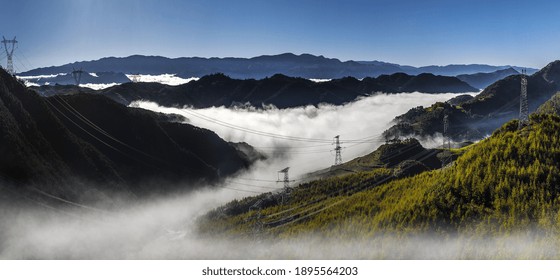
Mount Liangshan.
These outlaws, each with their unique skills and personalities, have become cultural icons in Chinese literature and folklore. The novel has been adapted into numerous films, television series, and operas, ensuring that the legends of Liangshan continue to resonate with audiences today.
Cultural Significance
Mount Liangshan is also a center of cultural festivals that showcase the traditions of the Yi and other ethnic groups. The Torch Festival, celebrated every summer around the twenty-fourth day of the sixth lunar month, is one of the most significant events. During this vibrant carnival, locals gather to light torches, dance, and partake in various traditional games, celebrating not only the harvest but also their cultural identity. The festival attracts visitors from around the globe, eager to witness the dynamic performances and colorful displays of Yi culture.

Mount Liangshan.
Modern-Day Exploration
Visitors to Mount Liangshan today can immerse themselves in this rich tapestry of history and legend. The region is dotted with historic sites and cultural attractions, including temples, ancient villages, and museums that delve into the lives of the Yi people. Highlights include the Yi’s Slavery Museum, which offers insights into the struggles and resilience of the Yi community throughout history.
With its breathtaking landscapes, cultural festivals, and deep historical roots, Mount Liangshan is not just a destination; it is a journey through time that offers international travelers a unique perspective on Chinese history and culture. Whether hiking its trails, participating in local celebrations, or exploring its rich heritage, visitors will find themselves enchanted by the legends and stories that continue to thrive amidst the mountains.
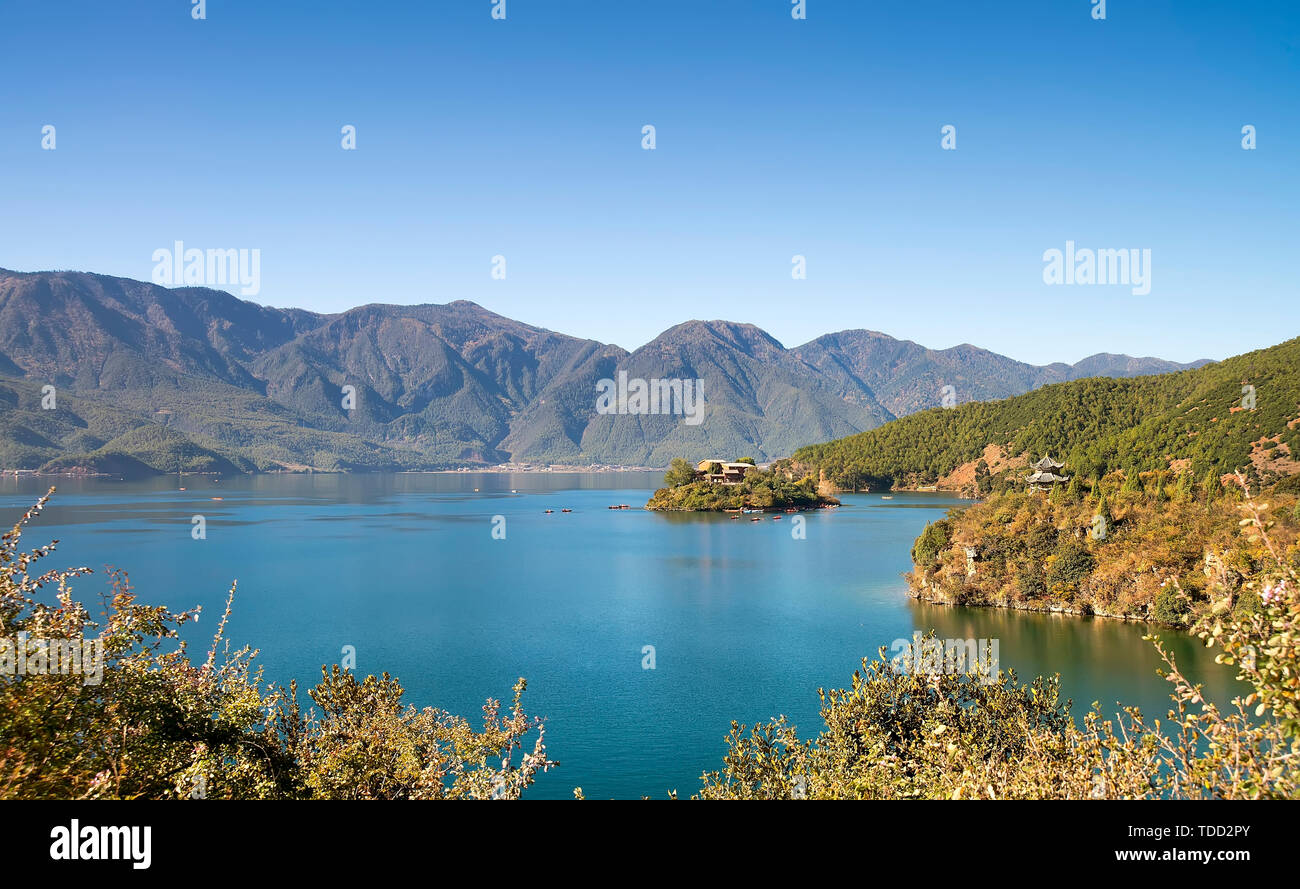
Mount Liangshan.
Main Highlights: What You Absolutely Can’t Miss
When exploring the captivating region of Mount Liangshan, visitors are treated to a rich tapestry of natural beauty, cultural heritage, and historical significance. Here, we delve into the must-see highlights that encapsulate the essence of this remarkable destination.
1. Luoji Mountain (泸沽山)
Why You Can’t Miss It:
Luoji Mountain stands as one of Liangshan’s most breathtaking natural wonders. Renowned for its majestic peaks and stunning vistas, visitors can take a cable car ride that ascends 1,000 meters, offering panoramic views that are simply unforgettable. The well-maintained trails wind through lush pine forests, around the serene Black Dragon Pool, and lead to cascading waterfalls, making it an ideal spot for nature lovers and photography enthusiasts alike.
2. Qionghai Lake (邛海)
Why You Can’t Miss It:
Qionghai Lake is often compared to the picturesque lakes of Switzerland and Italy, and for good reason. This second-largest freshwater lake in Sichuan is surrounded by vibrant parkland and recreational facilities. Visitors can enjoy activities like cycling around the lake or leisurely walks along its scenic paths. The area is perfect for family outings or quiet reflection amidst stunning natural scenery.
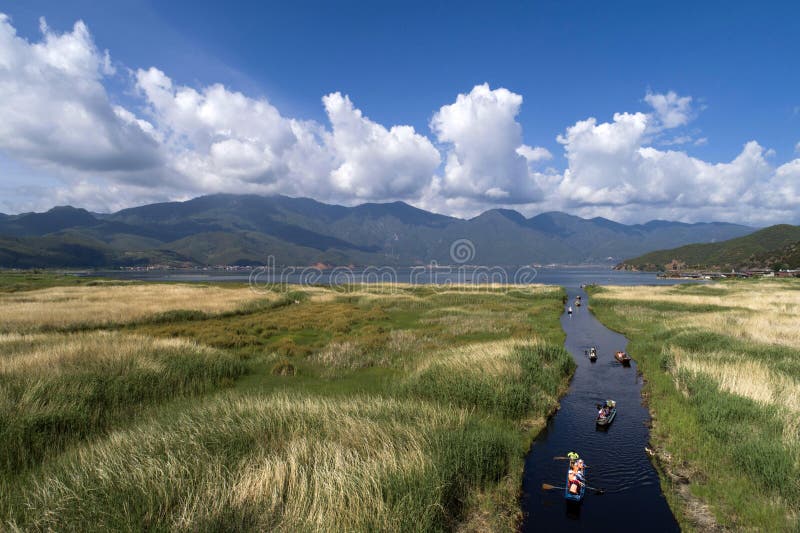
Mount Liangshan.
3. Yi’s Slavery Museum (彝族奴隶博物馆)
Why You Can’t Miss It:
For those interested in the rich cultural tapestry of the Yi minority, the Yi’s Slavery Museum offers a poignant insight into their history and traditions. The exhibits highlight the struggles and resilience of the Yi people, making it an essential stop for anyone wishing to understand the region’s cultural identity.
4. Lushan Mountain (鲁山)
Why You Can’t Miss It:
Once a significant religious site, Lushan Mountain is where Buddhism, Taoism, and Confucianism harmoniously coexist. The mountain houses ancient cypress groves and the remarkable Earthquake Stele Forest at Guangfu Temple. A visit to Lushan Mountain allows you to experience both natural beauty and spiritual tranquility, making it a place of reflection and reverence.
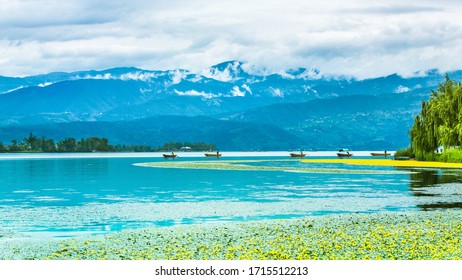
Mount Liangshan.
5. Qiong Hai Lu Mountain Scenic Area (邛海鲁山风景区)
Why You Can’t Miss It:
This scenic area offers a blend of breathtaking landscapes and cultural experiences. Hike through diverse terrains and immerse yourself in the local flora and fauna. The area is also rich in historical significance, providing a comprehensive view of the region’s past.
6. Xichang Satellite Launch Center (西昌卫星发射中心)
Why You Can’t Miss It:
For the tech-savvy and curious, the Xichang Satellite Launch Center is a fascinating glimpse into China’s space exploration efforts. Tours are available that detail the history and significance of this high-tech facility, making it a unique addition to your Liangshan itinerary.
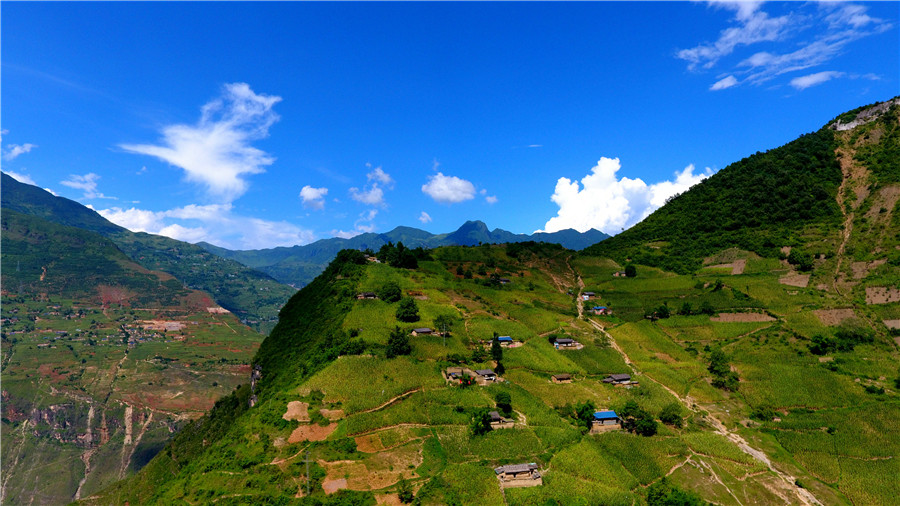
Mount Liangshan.
7. Traditional Festivals
Why You Can’t Miss It:
If your visit coincides with local festivals, particularly the Torch Festival celebrated by the Yi people, you are in for a treat. This vibrant event, typically held in early to mid-August, features lively celebrations with dancing, music, and traditional rituals that offer a deep dive into the rich cultural heritage of the region.
8. Local Cuisine
Why You Can’t Miss It:
No journey is complete without indulging in the local flavors. Don’t miss out on trying Tuo Tuo Rou (Big Pieces of Meat) and Guo Tie Ru Bing (fried dairy cake pieces). Sampling these local delicacies is an integral part of experiencing Liangshan’s cultural identity.
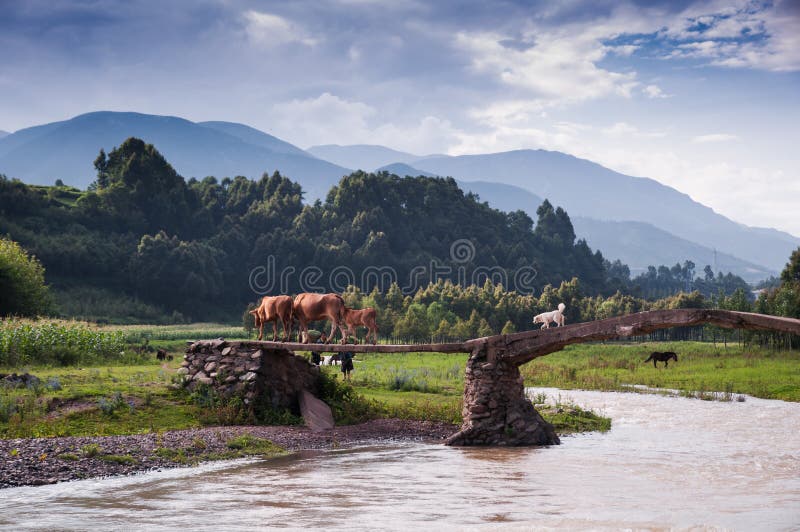
Mount Liangshan.
Travel Tips
- Best Time to Visit: Spring and winter offer the best weather for exploring the region, with sunny skies and pleasant temperatures.
- Getting There: Xichang Qingshan Airport serves as the main gateway, with regular flights connecting to major cities like Beijing and Chengdu.
- Accommodation: Various options are available in Xichang, making it a convenient base for exploring the surrounding attractions.
In conclusion, Mount Liangshan is a destination that beautifully marries natural wonders with deep cultural roots. Whether you are hiking majestic mountains, paddling on tranquil lakes, or immersing yourself in local customs, the experiences here are sure to leave you with lasting memories.

Mount Liangshan.
Planning Your Visit: A Practical Guide
Essential Information for Your Journey to Mount Liangshan
Planning a visit to Mount Liangshan (济宁梁山景区) offers travelers a unique opportunity to immerse themselves in the rich tapestry of Chinese history and culture, particularly the traditions of the Yi ethnic minority. This guide aims to equip international travelers with practical information for a memorable trip.
Getting There
Air Travel:
The closest major airport is Xichang Qingshan Airport (13.5 km from the city center). This airport connects to numerous cities across China, including Beijing, Chengdu, and Chongqing. Regular shuttles operate between the airport and downtown Xichang.
Ground Transportation:
If you’re traveling from Chengdu, options include:
– Flight: Approximately 50 minutes.
– Train: Around 10 hours.
– Bus: Regular services connect Chengdu to Xichang, with buses available to other counties in Liangshan.

Mount Liangshan.
Best Time to Visit
Liangshan’s subtropical monsoon climate means it has distinct seasons. The best times to visit are:
– Winter (December – February): Enjoy sunny days and clear skies.
– Spring (March – May): Mild weather and blooming nature.
– Summer (June – August): While it’s rainy, temperatures are cooler, and you can experience local festivals like the Torch Festival, celebrated in early to mid-August by the Yi people.
– Autumn (September – November): Pleasant temperatures, though expect some rainfall.
Note: The majority of rainfall occurs in summer, with heavy rains typically falling at night.
Where to Stay
Liangshan offers a variety of accommodation options, from budget hostels to mid-range hotels. In Xichang, you’ll find numerous hotels catering to different preferences and budgets. Some recommended areas to consider include:
– Xichang City Center: Convenient access to restaurants and attractions.
– Lakeside Hotels: Offers stunning views of Qionghai Lake and easy access to outdoor activities.

Mount Liangshan.
Local Cuisine
Sampling local food is an essential part of your visit. Don’t miss:
– Tuo Tuo Rou (Big Pieces of Meat): A hearty dish favored by locals.
– Guo Tie Ru Bing (Fried Dairy Cake Pieces): A savory snack that pairs well with tea.
– Local Fruits: Look for delicious apples, pomegranates, and oranges.
– Herbal Products: Try the Liangshan bitter buckwheat, known for its health benefits.
Key Attractions
Liangshan is rich in cultural and natural attractions. Here are some must-see spots:
1. Luoji Mountain: Renowned for its breathtaking views and well-maintained hiking trails.
2. Qionghai Lake: A picturesque lake ideal for family outings and outdoor activities.
3. Yi’s Slavery Museum: A poignant insight into the culture and history of the Yi people.
4. Xichang Satellite Launch Center: For those interested in space exploration, this site offers a unique glimpse into China’s aerospace ambitions.
Local Tips
- Language: While Mandarin is the official language, you may encounter Yi dialects. Learning a few basic phrases in Mandarin or English can enhance your interactions.
- Cultural Respect: When visiting local villages, always show respect for the customs and traditions of the Yi people. Ask permission before taking photos of individuals.
- Shopping: Look for local handicrafts, especially lacquerware produced by the Yi minority, which makes for unique souvenirs.
Transportation Within Liangshan
Once in Liangshan, public transportation is readily available:
– Buses: Frequent buses connect major towns and tourist attractions.
– Taxis and Ride-Sharing: Easily accessible in urban areas, offering a convenient way to explore.
Final Thoughts
Mount Liangshan is not just a destination; it is a vibrant cultural experience that offers a glimpse into the traditions of the Yi ethnic minority and the stunning natural beauty of Sichuan Province. By planning ahead and immersing yourself in the local culture, your visit will undoubtedly be a fulfilling and enriching experience.
Tickets: Prices, Booking, and Tips
Ticket Information for Mount Liangshan
Visiting Mount Liangshan (济宁梁山景区) offers an exciting glimpse into China’s rich history and stunning natural beauty. To ensure a smooth experience, here’s what you need to know about ticket prices, booking options, and essential tips for your visit.
Ticket Prices
- General Admission: The entrance fee for Mount Liangshan is typically around CNY 60 (approximately USD 9). This ticket grants you access to the main scenic areas of the park.
- Discounts: Reduced rates may be available for students, seniors, and children. It’s advisable to carry valid identification to benefit from these discounts.
Booking Tickets
- Online Reservations: You can book tickets in advance through various travel platforms such as Trip.com. This option allows you to skip long lines at the entrance, especially during peak tourist seasons.
- On-Site Purchase: If you prefer spontaneity, tickets can also be purchased directly at the entrance. However, be prepared for potential wait times, particularly during weekends and holidays.
Tips for Your Visit
-
Best Time to Visit: The ideal months for visiting Mount Liangshan are April to June and September to November. During this period, the weather is generally pleasant, making it perfect for outdoor activities.
-
Weather Considerations: Given Liangshan’s subtropical climate, it’s wise to check the weather forecast before your trip. Summers can be rainy, while winters are dry and sunny. Dressing in layers is advisable as temperatures can vary significantly throughout the day.
-
Transportation: To reach Mount Liangshan, the nearest major city is Xichang, which is well-connected by air and bus services. From Xichang, local buses frequently run to the scenic area, making it easily accessible for travelers.
-
Local Culture: While visiting, take the opportunity to learn about the Yi ethnic minority, who are the indigenous people of the region. Their unique customs and traditions, especially during festivals like the Torch Festival, provide a fascinating cultural experience.
-
Plan Your Itinerary: Besides Mount Liangshan, consider exploring nearby attractions such as Qionghai Lake and Luoji Mountain. These sites not only enhance your visit but also showcase the breathtaking landscapes of the region.
By following these guidelines, your journey to Mount Liangshan will be enriching, allowing you to immerse yourself in both the historical and natural treasures of this remarkable area. Happy travels!
How to Get There: A Complete Transportation Guide
Navigating Your Way to Mount Liangshan
Mount Liangshan, known for its breathtaking scenery and rich cultural heritage, is a must-visit for travelers keen on exploring the history and traditions of the Yi ethnic group. Getting there is a journey in itself, and understanding your transportation options will make the trip easier and more enjoyable. Here’s a detailed guide to navigating your way to this remarkable destination.
Arriving by Air
The nearest major airport is Xichang Qingshan Airport (XIC), located approximately 13.5 kilometers (8 miles) from the city center of Xichang, which serves as the gateway to Mount Liangshan. The airport offers flights to several major Chinese cities, including:
- Beijing
- Chengdu
- Chongqing
- Guiyang
- Wenzhou
- Xiamen
Upon arrival at Xichang Qingshan Airport, you can easily reach the city center and other nearby attractions via an airport shuttle bus.
Traveling by Train
For those already in China, taking a train to Xichang can be a convenient option. The train journey from Chengdu to Xichang lasts about 10 hours. Trains in China are known for their punctuality and comfort, making this a great way to experience the scenic landscapes of Sichuan Province along the way.
Bus Services
If you prefer road travel, there are regular long-distance buses that connect Chengdu with Xichang. This option not only allows you to see the countryside but also offers a more budget-friendly alternative. Once in Xichang, you can find local buses that transport visitors to various scenic spots within Liangshan Prefecture.
Local Transportation
Once you arrive in Xichang, your journey to Mount Liangshan can continue with several local transportation options:
-
Buses: From Xichang, you can catch buses that head toward various counties and attractions in Liangshan Prefecture, including Mount Liangshan itself. Ensure to check the bus schedules as they may vary.
-
Car Rentals: For greater flexibility, consider renting a car. This allows you to explore the region at your own pace. Rental services are available in Xichang, and driving offers the chance to discover hidden gems along the way.
-
Taxis and Ride-Hailing Services: Local taxis are prevalent in Xichang, and ride-hailing apps are also functional here, providing another convenient way to reach your destination.
Preparing for Your Trip
-
Weather Considerations: Depending on the season you choose to visit, be prepared for varying weather conditions. Summer tends to be rainy, while winter offers clearer skies. The average annual temperature hovers around 16-17°C (60.8-62.6°F), so packing layers is advisable.
-
Cultural Events: If you’re interested in experiencing local culture, plan your visit around the Torch Festival, typically celebrated in early to mid-August. This vibrant festival offers a unique glimpse into the traditions of the Yi people.
Conclusion
Mount Liangshan is not just a destination but a journey through the heart of Yi culture and stunning landscapes. With multiple transportation options available, reaching this enchanting site is both accessible and rewarding. Whether you arrive by air, rail, or road, prepare to be captivated by the rich history and breathtaking scenery that await you in Liangshan.
Local Cuisine and Accommodation Nearby
Discovering Local Flavors and Comfortable Stays near Mount Liangshan
As you venture into the breathtaking landscapes of Mount Liangshan, immersing yourself in its rich history and culture, don’t miss the chance to indulge in the local cuisine and find a cozy place to rest your head. The area surrounding Liangshan Yi Autonomous Prefecture boasts a variety of culinary delights and accommodation options that will enhance your travel experience.
Culinary Delights
The local cuisine is a vibrant mix of flavors, heavily influenced by the Yi ethnic culture and the region’s geographical bounty. Here are some must-try dishes and snacks:
-
Tuo Tuo Rou (Big Pieces of Meat): A hearty dish featuring tender cuts of meat, often braised or stewed with flavorful spices. It’s a staple among the Yi people and a perfect comfort food after a day of exploration.
-
Guo Tie Ru Bing (Fried Dairy Cake Pieces): These crispy, golden pastries filled with rich dairy are a delightful snack, showcasing the region’s dairy farming traditions.
-
Liangshan Bitter Buckwheat: This unique herb, often used in local dishes, is not only nutritious but also embodies the essence of the region’s agricultural practices.
-
Fresh Fruits: Don’t leave without sampling the locally-grown apples, pomegranates, and oranges. They are celebrated for their sweetness and freshness.
-
Handicrafts: Look out for lacquer wares crafted by the Yi ethnic minority, which make for excellent souvenirs that tell a story of the region’s artisanal heritage.
Accommodation Options
After savoring the local flavors, finding a comfortable place to stay is essential. Here are some recommended accommodations near Mount Liangshan:
-
Xichang Huasheng Hotel: Located in the heart of Xichang, this hotel offers modern amenities with a touch of local charm. It’s conveniently situated for easy access to both the scenic areas and dining options.
-
Liangshan Yi Culture Hotel: Immerse yourself in the local culture by staying at this hotel, which celebrates Yi heritage through its decor and hospitality. The rooms are comfortable, and the staff is eager to share insights about the region.
-
Qionghai Lake Resort: For those looking for serene views, this resort offers stunning perspectives of Qionghai Lake. With various recreational activities available, it’s perfect for families or those seeking relaxation.
-
Luoji Mountain Guesthouse: If you’re planning to explore the mountainous regions, this cozy guesthouse provides a rustic experience, complete with home-cooked meals and friendly hosts who can guide you on local hikes.
-
Xichang International Hotel: A more luxurious option, this hotel combines comfort with upscale services. It’s ideal for travelers who appreciate modern conveniences alongside traditional hospitality.
Conclusion
A journey to Mount Liangshan is not just about the stunning vistas and historical landmarks; it’s also about experiencing the local culture through its food and hospitality. Whether you’re indulging in authentic Yi cuisine or unwinding in a welcoming accommodation, each experience enriches your understanding of this remarkable region. Enjoy your adventure in Liangshan!
Frequently Asked Questions
Frequently Asked Questions about Mount Liangshan
1. What is Mount Liangshan known for?
Mount Liangshan is renowned for its stunning natural landscapes, rich cultural heritage, and its significance as the heart of the Yi minority culture in China. It offers breathtaking views of the mountains, lakes, and unique geological formations. Additionally, visitors can explore significant historical sites and partake in local festivals, such as the Torch Festival.
2. When is the best time to visit Liangshan?
The ideal time to visit Liangshan is during the winter (December to February) and spring (March to May) when the weather is dry and sunny. However, summer (June to August) is also a possibility, as rains typically occur at night, leaving the days cooler and pleasant. If you’re interested in experiencing local culture, plan your visit around early to mid-August to enjoy the vibrant Torch Festival.
3. How do I get to Liangshan?
The most convenient way to reach Liangshan is via Xichang Qingshan Airport, which is approximately 13.5 kilometers from the city center. Flights are available from major cities like Beijing, Chengdu, and Chongqing. From Xichang, you can take buses to various attractions within Liangshan, making it easy to explore the region.
4. What are some must-see attractions in Liangshan?
Key attractions in Liangshan include:
– Luoji Mountain: Famous for its scenic views and hiking trails.
– Qionghai Lake: A beautiful freshwater lake ideal for leisurely activities.
– Yi’s Slavery Museum: A cultural insight into the Yi minority’s history.
– Lushan Mountain: A religious site with a harmonious blend of Buddhism, Taoism, and Confucianism.
5. What local foods should I try while in Liangshan?
Don’t miss the chance to sample local delicacies such as:
– Tuo Tuo Rou: Big pieces of meat that are a local specialty.
– Guo Tie Ru Bing: Fried dairy cake pieces.
– Fresh fruits like apples, pomegranates, and oranges are also widely available.
6. What cultural experiences can I expect?
Visitors to Liangshan can immerse themselves in the rich Yi culture through local festivals, traditional clothing, and music. The annual Torch Festival is a highlight, featuring vibrant celebrations filled with dance, music, and local cuisine. Additionally, exploring the Yi communities provides a deeper understanding of their unique traditions and customs.
7. What should I pack for a trip to Liangshan?
Given the region’s variable weather, it’s advisable to pack layers. Bring comfortable hiking shoes for exploring the mountains, a rain jacket for unexpected showers, and sun protection like hats and sunscreen. If you plan to participate in local festivals, consider bringing a camera to capture the vibrant cultural expressions.
8. Is Liangshan accessible for international travelers?
Yes, Liangshan is becoming increasingly accessible, with improved transportation links and accommodations catering to international tourists. English signage is becoming more common, especially in tourist areas, and many locals are eager to share their culture with visitors. However, learning a few basic Mandarin phrases can enhance your travel experience.
Final Thoughts on Your Trip
As your journey through the captivating landscapes and rich heritage of Mount Liangshan comes to a close, it’s important to reflect on the myriad experiences that await in this unique corner of China.
A Tapestry of Culture and Nature
Liangshan Yi Autonomous Prefecture is not just a destination; it is a vibrant tapestry of history, ethnicity, and breathtaking natural beauty. The majestic mountains, serene lakes, and the warm hospitality of the Yi people create an atmosphere that lingers long after you’ve left. This region, with its distinct culture shaped by centuries of tradition, invites you to explore its stories and legends.
Highlights to Cherish
-
Natural Wonders: From the stunning vistas of Luoji Mountain to the tranquil waters of Qionghai Lake, the landscapes here offer perfect backdrops for contemplation and adventure alike. Each season unveils a different charm, making every visit unique.
-
Cultural Richness: Engaging with the local Yi culture, particularly during vibrant festivals like the Torch Festival, provides a deep connection to the area’s heritage. Sampling traditional foods and witnessing local crafts will enrich your understanding of their customs.
-
Historical Insights: The remnants of ancient civilizations and unique museums, such as the Yi’s Slavery Museum, serve as poignant reminders of the area’s complex history, making for an educational experience that enhances your appreciation of Chinese culture.
Practical Reminders
As you plan your visit, consider the subtropical monsoon climate. The winter months offer clear skies and ample sunshine, while the summer brings refreshing rains and the lushest scenery. Be sure to indulge in local specialties like Tuo Tuo Rou and explore the handicrafts that reflect the artistry of the Yi people.
In Conclusion
Mount Liangshan is a destination for the curious traveler seeking to delve into the heart of Chinese history and culture. Its rich landscapes and vibrant communities beckon you to uncover the stories woven into the mountains and valleys. As you leave, carry with you the spirit of Liangshan—a place where nature’s beauty harmonizes with deep-rooted traditions, creating memories that will last a lifetime. Embrace these experiences, and let them inspire your future travels.